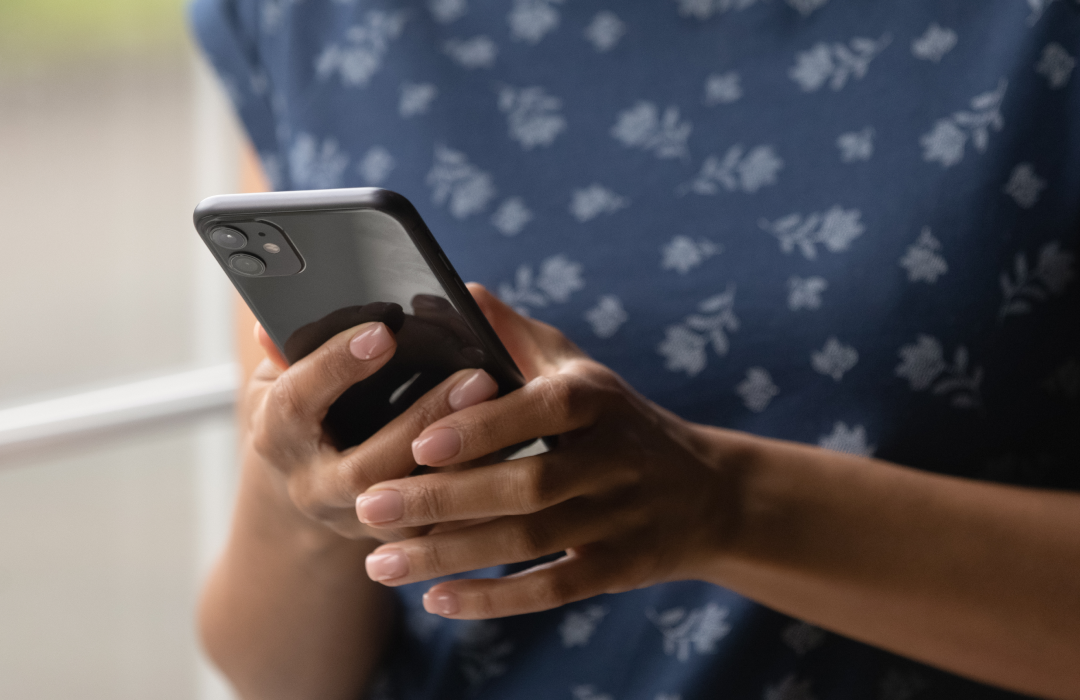Evolving with the eras: Generational marketing in 2024

Time to read: 4 minutes
Evolving with the eras: Generational marketing in 2024
Tech-savvy teens navigate today’s digital world with ease, adopting new technologies and discarding old ones as fast as a TikTok trend. Meanwhile, their grandparents may struggle to send a text message with emojis or engage with video calls. Technology is evolving at lightning speed, leaving consumers of all ages to navigate a massive digital divide as wide as the generation gap itself.
It’s no surprise that older generations participate in digital activities less than younger ones—and when it comes to interacting with brands, this disparity is even more obvious. According to Twilio’s 2024 State of Customer Engagement Report, Gen Z and millennial consumers want almost 70% of their interactions with brands to be digital, compared to 59% of baby boomers.
And for younger generations, personalization is table stakes: Without it, almost seven in 10 Gen Z and millennial consumers say they will stop using a brand. And if a business doesn’t personalize engagement in real time, more than one-third of Gen Z and millennial consumers will simply move on and purchase from a different brand. What’s more, 66% of Gen Z consumers say they spend more money with brands that personalize engagement than those that don’t.
Generational marketing holds the transformative power to bridge the gap between brands and their diverse audiences, unlocking unprecedented levels of connection. By recognizing and embracing the unique values, preferences, and communication styles of each generation, companies can craft compelling narratives that speak directly to the hearts and minds of their target demographics.
How Arduino builds personalized marketing experiences
Specializing in accessible electronics and digital technologies, Arduino serves both consumers and businesses, and each group needs customized engagement strategies. To optimize sales and offer personalized marketing experiences, Arduino focused its efforts on those with high intent. Using Twilio Segment Customer AI Predictions, Arduino can categorize website visitors into “casual browsers” and “ready-to-buy” consumers—then target advertising campaigns based on these predicted actions.


After implementing Segment, Arduino experienced a 70% increase in accuracy of audience segments which enabled them to tailor content through highly customized data. This optimized engagement methodology has been used to target over 150 distinct audiences with 22 unique journeys. Twilio’s CustomerAI technology also allows Arduino to predict customers’ shopping intentions while managing sensitive global data and complying with GDPR guidelines.
“By focusing our marketing efforts exclusively on people who have demonstrated a purchase intent, while simultaneously filtering out inactive or disengaged customers, we have been able to optimize our advertising spend.”
The multichannel marketing advantage
The younger generations have spoken, and modern brands are doing something right: Two-thirds of Gen Z and millennial consumers say brands provide good or excellent customer engagement, and half strongly or moderately agree that brands understand them. This may be because brands increasingly engage with these consumers using the channels they prefer, such as SMS, chat apps like WhatsApp, email, and social media.
On the flip side, if businesses fail to meet these expectations for personalization, younger consumers will take their business elsewhere. That’s why it’s crucial for brands to build an omnichannel strategy that makes it easy for consumers to seamlessly engage and re-engage with brands from wherever they last left off, regardless of which channel they choose next.
How Vacasa achieves 3x more bookings with personalized marketing campaigns
Helping homeowners and guests seamlessly coordinate renting vacation homes, Vacasa manages 30,000 properties across the United States, Central America, and Canada, serving more than three million customers a year. To engage with both homeowners and guests, the company uses Twilio SendGrid Email API and Twilio Segment’s customer data platform (CDP) to build custom audiences based on specific data attributes, which then informs how they personalize communication.
“With Segment, we do a better job of making decisions. We’ve moved from ‘I think this is how we should do it’ to ‘what's the data saying?” ”
To get important information to guests at just the right moments during the check-in process, the company complements Twilio Programmable Messaging for SMS with Twilio SendGrid for email and Twilio Segment’s CDP to create an intelligent multichannel welcome sequence. Prior to reservations, the vacation rental company prompts guests over SMS to download the Vacasa app, which gives them easy access to features like one-tap WiFi and issue reporting. Guests are seamlessly welcomed on the channel they prefer, with key check-in information at their fingertips.
With the right CDP in place, Vacasa’s marketing analytics team needed a platform that would help prove the value of an intelligent email program to optimize generational marketing—and Twilio SendGrid was the clear choice. Since then, they’ve deeply implemented Twilio SendGrid’s marketing and transactional email solutions into their technical messaging infrastructure.
To power homeowner retention, Vacasa uses SendGrid Marketing Campaigns to create cohesive emails and send single-send awareness campaigns. SendGrid Email API also supports Vacasa’s high-volume transactional email program, delivering just-in-time reservation confirmations, check-in reminders, and WiFi passwords to ensure guests get the most from each stay.
Generational marketing that evolves with the consumer
Every generation brings their own set of experiences, aspirations, and challenges to the table, from the digital-savvy Gen Z to the industrious boomers. By leveraging these insights, businesses can tailor their content to create authentic connections that transcend transactions. In a world marked by rapid change and evolving consumer landscapes, generational marketing is not just a strategy—it’s a testament to a brand’s commitment to understanding, empathy, and innovation.
With Twilio’s suite of engagement tools, brands can meet customers of all kinds where they’re at, tapping into the kind of data that enables them to serve them the right information at the right time. The power of generational marketing lies in its ability to not only capture attention but to inspire loyalty, driving long-term relationships and sustainable growth. As consumer preferences evolve, so too can a brand’s communication strategies.
Vanessa Thompson is Vice President of Marketing leading a global integrated marketing team for Twilio's Communications products. Her expertise spans all facets of go-to-market including demand generation, growth, lifecycle, analytics, and product strategy. As a leader at Twilio, Vanessa helps execute Twilio's vision of being a globally trusted customer engagement platform (CEP), plus a named leader in communications platform as a service (CPaaS) and customer data platform (CDP) markets.
Related Posts
Related Resources
Twilio Docs
From APIs to SDKs to sample apps
API reference documentation, SDKs, helper libraries, quickstarts, and tutorials for your language and platform.
Resource Center
The latest ebooks, industry reports, and webinars
Learn from customer engagement experts to improve your own communication.
Ahoy
Twilio's developer community hub
Best practices, code samples, and inspiration to build communications and digital engagement experiences.


